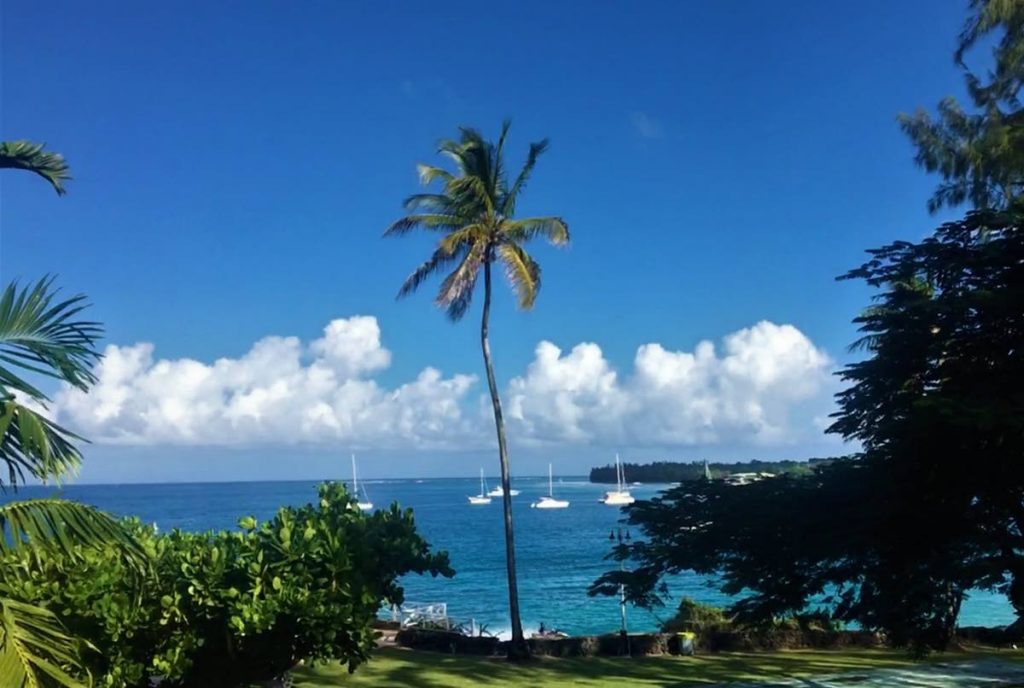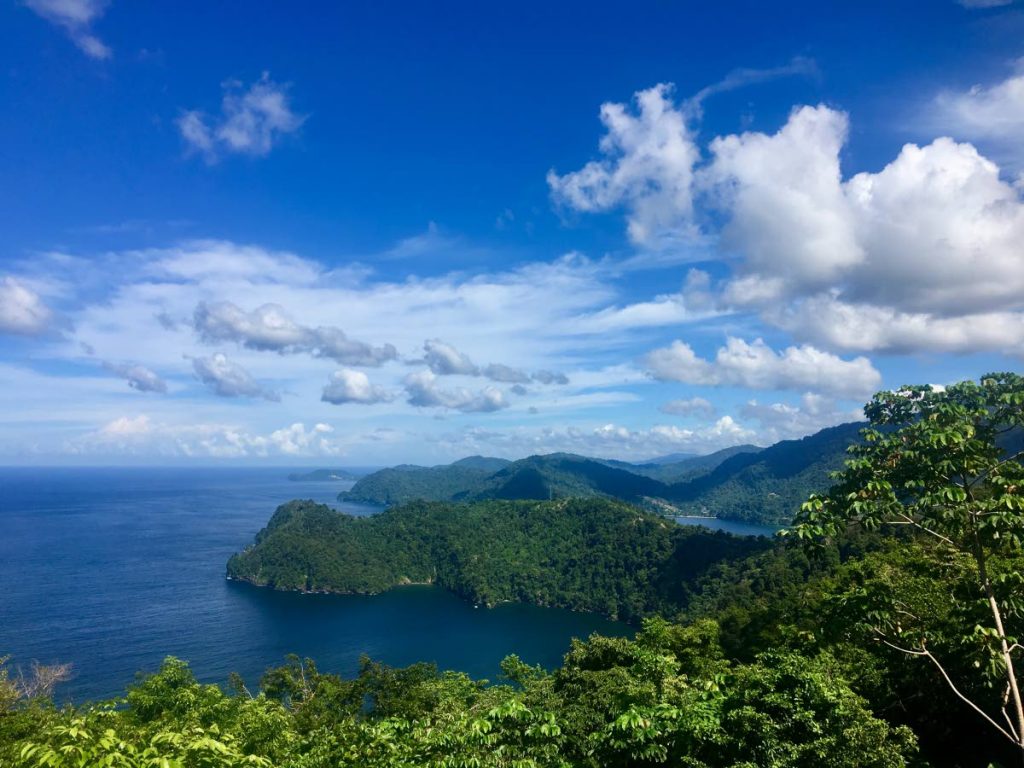Jamaican finds bliss in TT

Writer MARSHELLE HASELEY quit his office job in New Kingston, and flew to Trinidad to experience the bliss of local culture as he shares in this series, Jamaican Wanderer.
CHRISTMAS 2017 was the start of an adventure that made me realise TT was even more multi-cultural than I imagined. I discovered this country had so much more richness than pan and calypso and Carnival, when people overflow in the streets for two days to the rhythm of enchanting soca music.
Last year this time, I was sitting in an office in New Kingston, Jamaica. I liked my job, but I knew I needed a change. I’m a strong believer in the quote by Joseph Campbell: “Follow your bliss and the universe will open doors where there were only walls.” Even though I liked the job, it didn’t feel like the bliss I thought I should be experiencing in a career. Was I being realistic? I thought so.
I didn’t have much interest in moving to the US or Canada, exciting as the options were. I felt the need to see more of the Caribbean, my home – but from a different vantage point. I applied for a CSME work permit, and got it within two months. Then it was then time to move to Trinidad.
It made perfect sense. I thought, “Trinidad is the best place to live in the Caribbean if I leave Jamaica.” Apart from deciding that I would seek to work in the media full-time, I thought, “TT has that amazing Carnival that would be a magical experience, and I have family there,” so I knew I would not feel lonely in a new place. The energy of TT, from a distance, felt similar to that of Jamaica. I also knew there would be interesting differences that would make for a rich new chapter of life.
I kept some of my favourite quotes in sight to motivate me through the rush of excitement which was accompanied by anxiety, all of which I imagined were typical side effects of moving to a new country. I kept reminding myself of that Rumi quote, “Let yourself be silently drawn by the strange pull of what you really love. It will not lead you astray.” There is nothing I love more than the adventure of life, and watching it change shape because of my unrelenting effort and faith.
I had already decided not to go to law school, though I’d been accepted at the University of the West Indies, Mona. I said adieu to the firm, and continued writing for a magazine based in Jamaica and the US. My belongings – the ones that could fit – were packed, and I made the big move in November 2017.
On arrival, I was welcomed to TT by the sound of dancehall music blasting through the airwaves. This totally took me off guard, because I was excited to come to the fete land – but I was only hearing Jamaican music. It helped me feel very much at home, but I was also quite disappointed not to immediately feel the culture of TT through the radio.
It came to my attention that this was in fact an issue, seen as an unfortunate truth by many citizens of TT. During my next few adventures around the country, I overheard people complaining that most of the population feed on Jamaican music and culture, rather than their own. This was before I even spoke, so I knew my Jamaican identity wasn’t affecting their honesty in sharing.

Something interesting started happening as Christmas drew closer. I heard what sounded like an interesting fusion genre: that was my introduction to parang. A family member told me parang was Christmas music that came over from Venezuela long ago.
It was then that I discovered the strong influence of Spain and Spanish culture on TT. This was further reinforced when I visited the National Museum and Art Gallery, less than a week after I arrived.
In Jamaica there is no native genre of music close to parang. Closing my eyes, with the sound of Anda Parrandero playing in the streets of TT, I felt I was somewhere in Central America. The whole song was in Spanish. This was something I would never have experienced, had I not come to TT to experience the culture first-hand.
I did some research and discovered parang was a direct result of the Spanish and Latin presence in Trinidad. The first explanation I came across suggested parang first made its way here in the 15th to 18th century, while Trinidad was a colony of Spain. The alternative explanation makes a connection to Venezuelan migrants who came in the early 19th century to work on cocoa plantations.
Either one indicates an undeniable Spanish influence on a genre of music and a practice that is an integral part of Christmas celebrations in TT: parranderos singing meaningful and spiritual songs in Spanish, going from house to house in communities.
It was interesting to find a form of expression in TT that was neither dominantly African, nor East Indian-influenced. It was a mixture of Spanish, Amerindian and African influences which created something that is 100 per cent TT.
I realised this country has so many features that create a unique, hybrid Caribbean space.
I wondered how much TT noticed that fact. The many bricks that have built TT into the country that it is have kept me intrigued since the day I landed.
I am not quite homesick. I’m still caught up in the novelty of cultural differences – while feeling quite at home because of essential similarities.


Comments
"Jamaican finds bliss in TT"